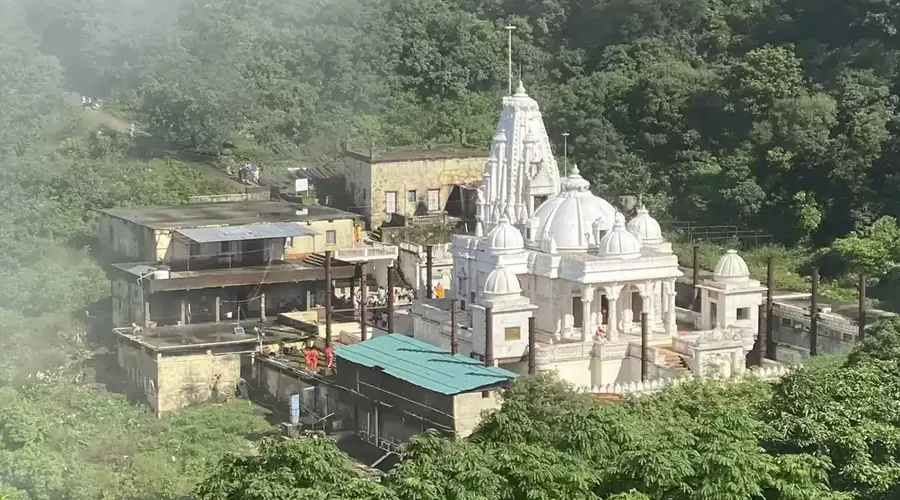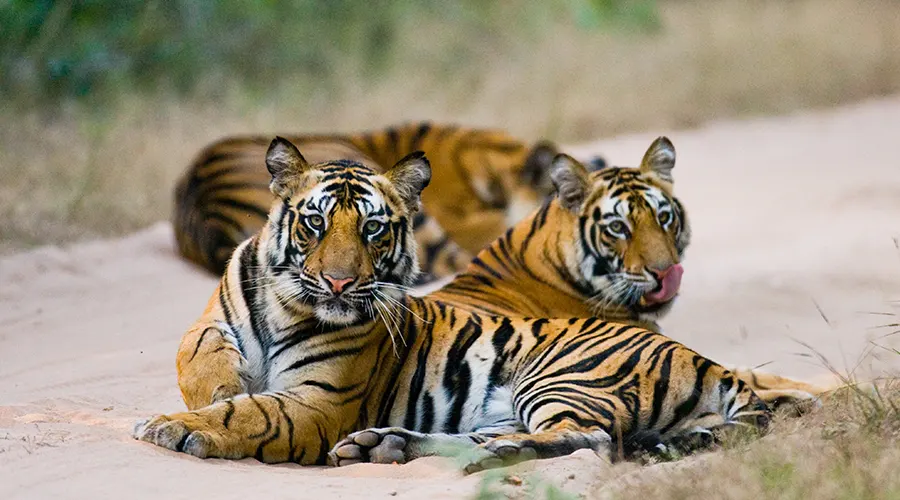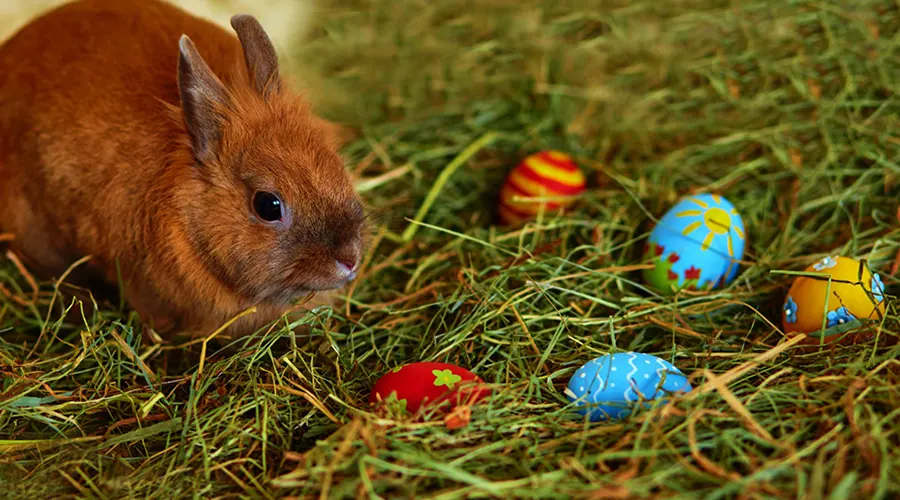Dalma Wildlife Sanctuary
Dalma Wildlife Sanctuary is famous for its forest tourism, but to the residents, it is more familiar because of its wild resident elephants. 'Dalma Haathi' or the 'Elephants of Dalma' is a known and quite fearful term in the Jamshedpur-Puruliya region. Established in 1975 and inaugurated by Sanjay Gandhi, the Dalma forest is home to a horde of animals, birds, and tree species as well.
Overlooking the shimmering Subarnarekha River, the Dalma hills nestle the dense green forests like an offspring. This ambiance of the forest and the odd chance of having a glimpse at the wild animals is what makes Dalma so special among those who love to travel around jungles.
Once an untamed natural beauty for acres after acres, parts of this wild forest got shunted when the steel plant was established by JN Tata near the Kharkai-Subarnarekha confluence. However, whatever remains is still large enough to be a paradise for all the native Indian flora and fauna you can think of. Many elephants migrate to this forest every year adding to the crowd, and sometimes they come out into the local villages and suburbs.
Travelers wishing to explore a slice of one of India's most authentic forests can take a drive through or even better - spend a night at the rest houses and bamboo huts offered by the forest department. There is nothing better for a nature lover than to spend a night listening to the crickets, the distant, solitary howl of a wild creature, and the otherwise overwhelming silence.
Among the few true-blue forests of India, Dalma Wildlife Sanctuary offers an excellent bird-watching experience, exciting in-jungle lodging, and a spectacular view from atop the Dalma peak which also has a couple of temples you can visit.
Flora and Fauna at Dalma Wildlife Sanctuary
The 193 sq km forest of Dalma falls under the forest subdivision consisting of dry mixed deciduous along with dry peninsular sal. It is home to a good many tall wild species of trees like sal, gamhar, mahua, and semgal and some shorter ones like Jamun, Dhaura, and Kendu as well. These are mostly native to India and make up for a good portion of east India's oxygen supply.
The fauna of the sanctuary is equally diverse. Other than the tuskers for which it is famous, you can also spot barking deer, porcupines, wild boar, giant squirrels, mongooses, and sloth bears. Leopards are said to be present but hard to have a glimpse. Even though the number of wild animals is going down because of tribal traditions of animal hunting and otherwise climate changes, there are still quite a few for tourists to experience.
Among the avian counterpart, there are hornbills, peafowls, kingfishers, herons, egrets, pigeons, drongos, robins and many more. If you are more of a bird person than an animal one, Dalma Wildlife Sanctuary might get lucky for you.
Activities at Dalma Wildlife Sanctuary
Though the forest and its residents are the main attraction for a trip to the Dalma Wildlife Sanctuary, you can pay a small visit to the small open-air shrine of Dalma Mai or the Goddess of the Dalma forest whom the locals are devoted. At the top of the Dalma Mountain at 926 metres are temples of Lord Shiva and Hanuman. Even though in India, finding shrines of these two divine deities is not a shocker at all, the drive uphill through the forest is one worth taking.
If you have an experienced enough guide, he will take you around to show the colonial remains amidst the forests. The plantations that the British established here are now survived only by the solitary dams and remains of the wells, stone oil grinders, and bungalows.
Makulakocha is another place where you can halt for a while. It is a forest check post mostly but with a museum-cum-interpretation center and a deer enclosure. This is the entrance to the sanctuary and has a rest house as well as bamboo huts for lodging. Friendly elephants of the forest department are kept and fed here.


























